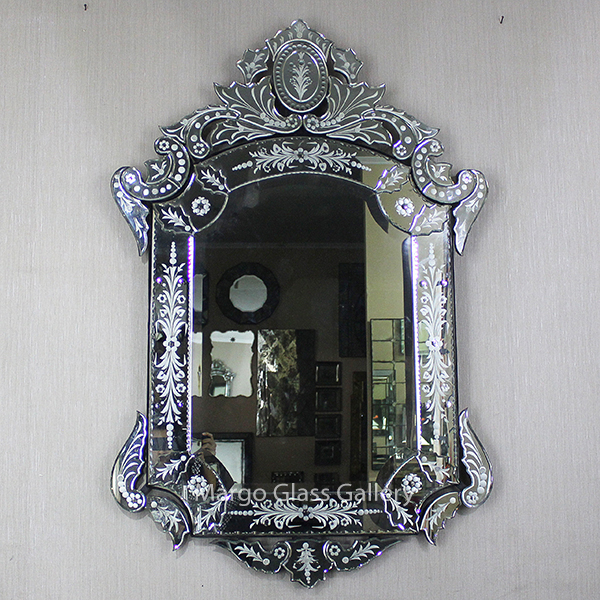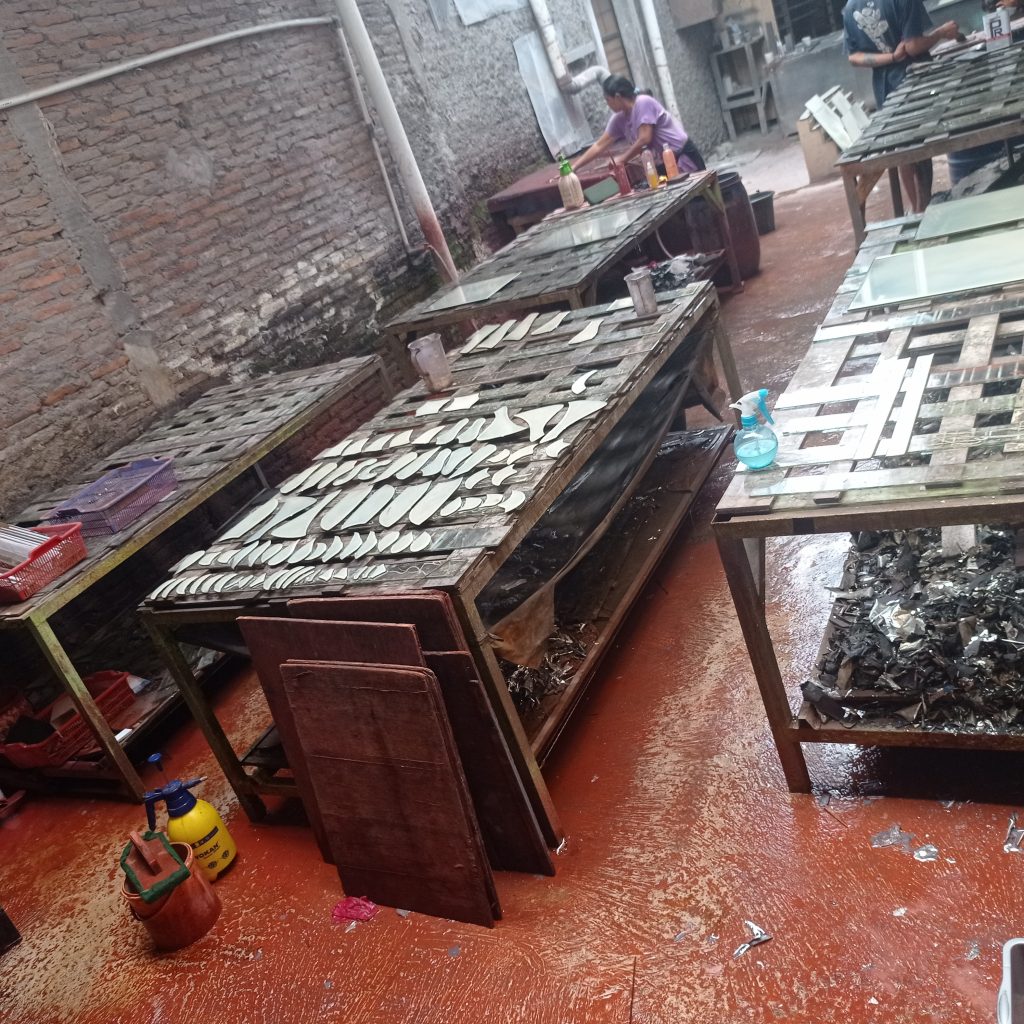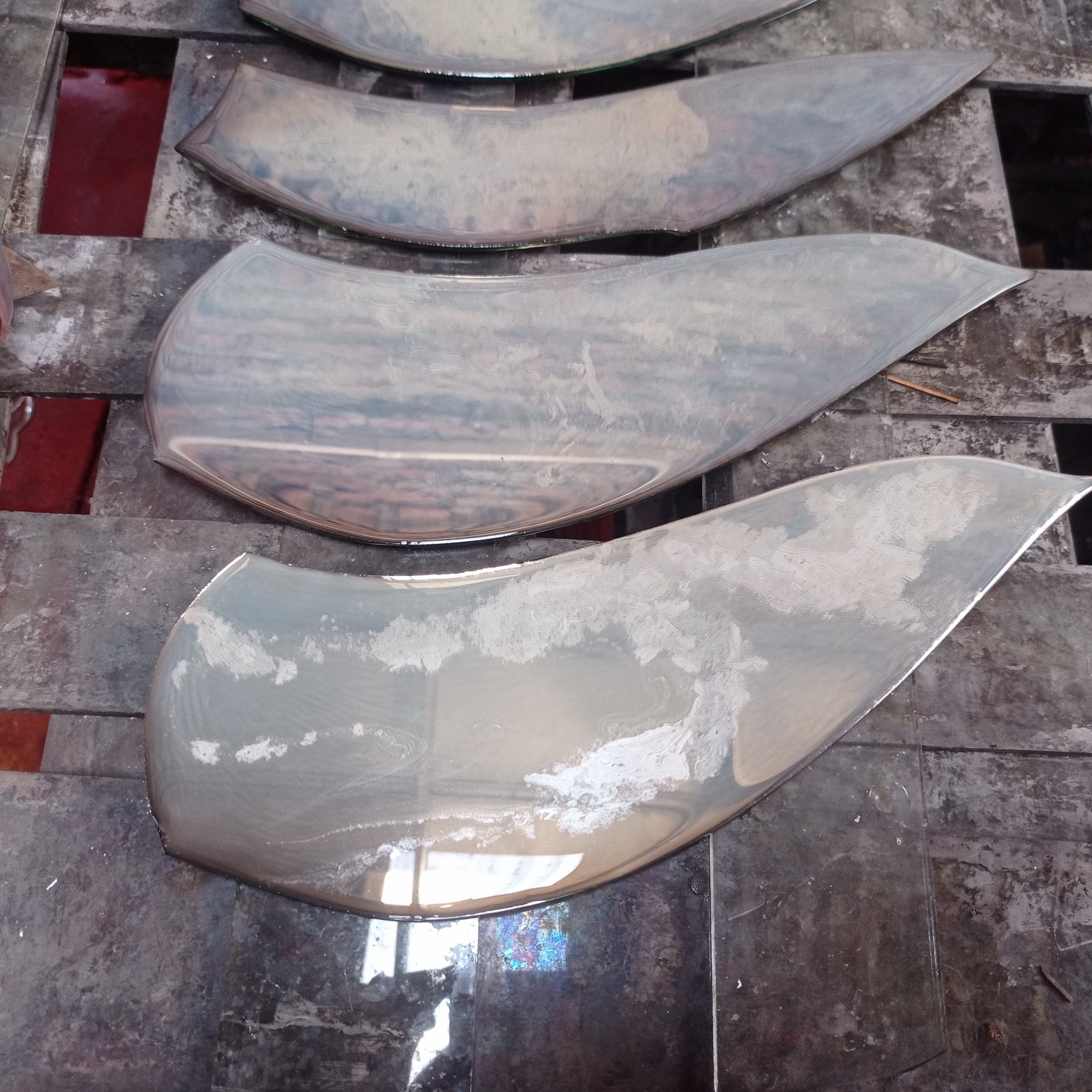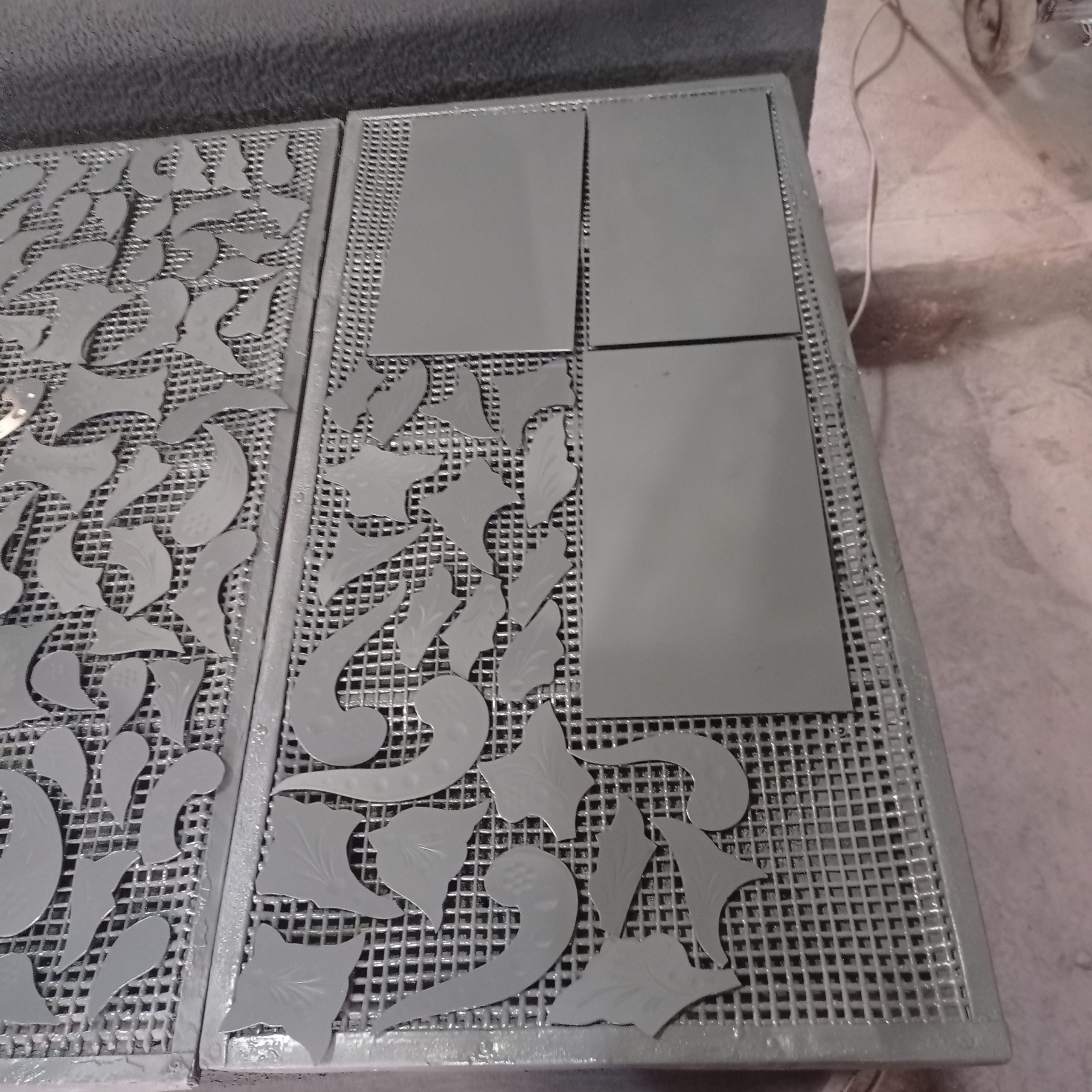
The beginning of being a plain glass mirror will be processed into a mirror. First, we use several chemicals, namely silver, sodium nitrate and ammonia, silver is a metal element with atomic number 47, symbol ag from Latin argentum, while sodium nitrate is a type of salt (NaN0₃) which has been prepared. It has long been used as an explosive composition in solid fuel rockets, as well as in glass and pottery coatings, and it is also called caliche, saltpeter, and soda niter when ammonia is the chemical compound with the formula NH₃. Usually this compound is found in the form of a gas with a characteristic sharp odor (called the smell of ammonia) after the material has been prepared, silver and ammonia are mixed with rainwater in a certain amount, and take an empty container mixed with silver and sodium nitrate 1:1.

Why do you use rainwater in this process?
Because rainwater contains a lot of minerals and this can help speed up the process of dissolving these ingredients. Before entering the titration, the plain glass is cleaned with dab and manny soap and also rain water, after the glass has been washed clean, it now enters the titration process. we have mixed it into the cleaned glass and wait for this process to take about 3-4 hours and the glass has started to turn a bluish color after the color has changed
, flush with rain water again until the remaining silver is gone and avoid holding the glass in pour the silver then drain until it is completely dry then after the titration process is complete we will enter the final stage, namely the process of painting the glass as a nitrate protector in this process the dry glass in the oven until it is warm and do not overheat to avoid cracking the mirror then a mirror that is already warm and then spray it lacquer to the glass thoroughly.That’s for venetian, while for antique there is another process, namely replacing it with chemicals, namely HCL and also chlorine by using a brush and then shaking the brush over the glass, waiting for it to dry before washing it off
What is serlak? Many do not know what serlak is.
Serlak is an ingredient for making polish which is made from lak.lak, which is a kind of resin/sap produced by animals or insects called shellfish lice. In general, serlak is used on wood. After the serlak has been sprayed evenly, the final step is to carry out the painting process using Poxy. To mix 1kg Epoxy paint with 250 ml black paint after the ingredients have been mixed well, Expoxy + 330 ml black paint has been mixed with hardener. 50 ml and 500 ml thinner, if it has been mixed using paint on the glass, don’t be too thin if it is evenly mixed, wait a few minutes for the clear process to clear the dose itself, which is 300 ml clear, mix with 350 ml thinner and 50 ml hardener if the epoxy paint is dry, just apply clear with the glass and wait for the drying process for the glass to dry completely.. That’s the step by step that MARGO GLASS GALLERY does in order to get a quality mirror
We are a leading manufacturer and wholesaler of Venetian mirrors in Indonesia. With our commitment to elegant design, superior quality, and competitive prices, we cater to individuals, wholesalers, and even large-scale projects such as hotels.
Whether you need advice on designs or sizes, feel free to consult with us. Let us be your reliable source for exquisite Venetian mirrors.